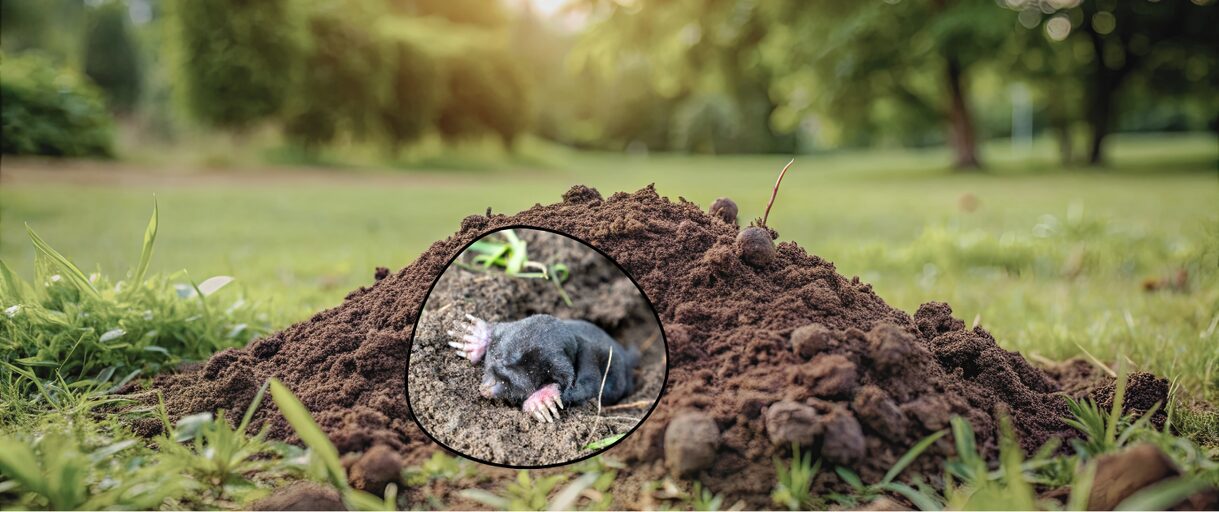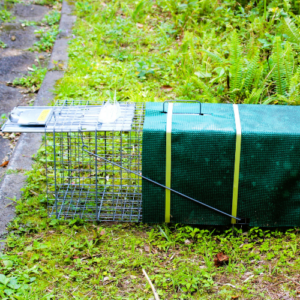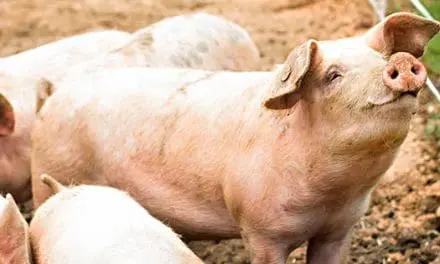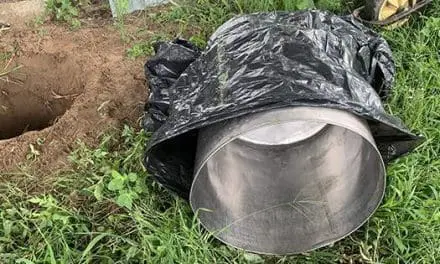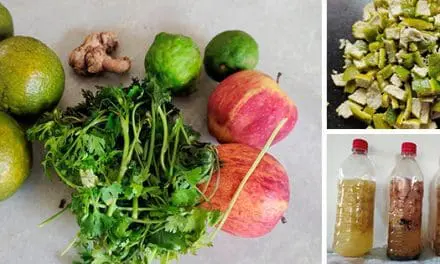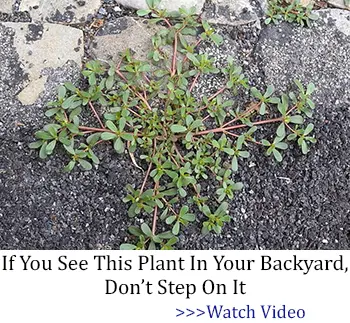Noticing tunnels or raised mounds in your yard is a huge sign that moles might be invading your homestead. Often misunderstood, moles help aerate the soil and eliminate harmful insect populations from your garden ecosystem.
However, their activity can sometimes damage your carefully tended crops. So, can you benefit from moles while keeping your crops safe? Don’t worry. We have got you covered!
In this guide, we’ll share with you simple ways to identify mole activity on your homestead. Plus, we’ll share some friendly, non-harmful ways to protect your crops while keeping these little critters around.
Understanding Moles and Their Behavior
Unlike other critters, moles have a unique way of life and a distinct habitat. Let’s take a closer look at how their natural instincts set them apart.
Habits
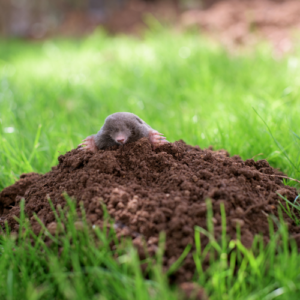
Moles are remarkably independent creatures. They spend most of their lives in intricate tunnels they dig with powerful, clawed forelimbs. These purposeful networks not only support their hunting and nesting needs, but also aerate the soil.
Diet
One of the best things about having moles in your garden is their diet. They feed on insects like beetles, grubs, and other pests that can harm your crops. While they might occasionally munch on earthworms, their presence generally helps maintain a healthy balance in your garden ecosystem.
Behavior
According to the Internet Center for Wildlife Damage Management, moles are lonely creatures who enjoy spending time in underground tunnels. Additionally, they stay active all year round, hunting for food even during the colder months.
Identifying Mole Activity on Your Homestead
Not every molehill you spot on your homestead belongs to moles. To accurately identify mole activity, look for these telltale signs:
Look for Tunnels and Mounds
The mounds created by moles typically resemble tiny volcanoes. If you encounter these molehills, you’ll notice that they often have flattened tops and shallow ridges. These distinctive shapes indicate recent digging activity.
Inspect the Soil Texture
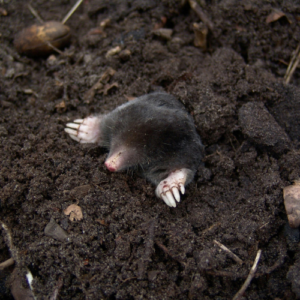
Moles create tunnels by pushing soil to the surface, leaving crumbly patches around your yard behind. Typically, healthy soil looks rich and dark. In contrast, areas where moles have been digging often appear lighter and more compact. Therefore, if you notice this change in texture, it’s a sure sign that moles are making their presence known beneath the surface.
Check for Damage
Moles can disrupt the root systems of plants as they tunnel, leading to wilting or uneven growth in the affected areas. You might also notice lifted or uneven patches of grass where they’ve burrowed beneath the surface. Furthermore, patches of dead grass or wilting crops could indicate that moles have been active nearby.
Listen for Sounds
While moles tend to be quiet when resting, they make sounds while digging beneath the surface. These noises are often most noticeable at night. You might hear soft rustling and faint scratching or movement as moles work on their underground tunnels.
Safe Ways to Protect Your Crops from Moles
To effectively protect your crops from moles, consider the following strategies:
Barrier Methods
Creating physical barriers can help keep moles away from your crops. Consider installing underground fences made of wire mesh or hardware cloth. Bury the barrier at least a foot deep and extend it a few inches above the soil surface to deter moles from tunneling into your garden.
Plant Deterrent Plants
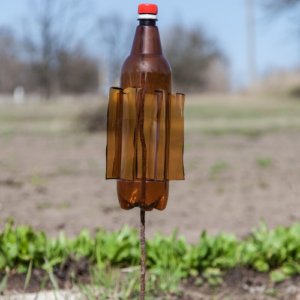
Consider incorporating plants like marigolds, daffodils, or garlic into your yard. These plants emit scents that moles find unappealing. Not only will they help protect your crops, but they can also add beauty to your garden. You can also opt for a combination of plants like yarrow, lavender, and chicory, also known for their stronger, pest-deterrent scents.
Transforming your garden into a natural haven for both beauty and protection is simpler than it sounds. These plants don’t just serve as a garden decoration. They’re packed with hidden benefits, offering everything from homemade remedies to calming teas and natural pest control solutions.
To help you get started on this journey, you can get this kit that includes all the seeds you need to grow these versatile plants – all non-GMO, packed in the US. Along with the seeds, you’ll also receive a free guide that shows you how to grow these plants successfully and how to use them in a variety of ways, both in your garden and around your home. It’s the perfect chance to transform your space with plants that serve double duty – bringing both beauty and function into your life, while offering you natural solutions for everyday needs. Don’t miss out – get your kit and your free guide right now!
Remove Food Sources
Moles primarily feed on insects, grubs, and earthworms. To reduce their presence, consider removing or managing these food sources. You can do this by regularly aerating your soil, which can help control grub populations.
Control Water Management
Moles are often drawn to moist soil where grubs thrive. By managing water levels in your garden, you can make the environment less inviting for them. Start by avoiding overwatering your crops and ensuring proper drainage throughout your farmstead. Keeping the soil dry discourages moles and creates a less favorable environment for the pests they feed on.
Refer to Organic Repellents
Try using organic repellents to deter moles naturally. Products containing castor oil and other natural ingredients can keep these pesky critters at bay. The best part? You won’t have to put in much effort. Simply apply the repellent around the affected areas of your garden, and watch as the magic happens!
Bucket Trap
A bucket trap is a clever and humane solution for dealing with moles in your garden. By simply setting it up over an active tunnel, you can catch moles as they continue their underground travels. It’s an effective, low-maintenance method that allows you to safely relocate them without causing harm.
If you’re looking for an easy and non-invasive way to handle mole issues, a DIY harmless trap is a great option to consider. You can learn exactly how to build it step-by-step from here, along with many other clever homesteading projects. This guide is packed with practical, easy-to-follow instructions for everything – from keeping your garden safe from pests, to creating useful tools and off-grid projects you probably haven’t even considered until now. What makes it even better is that each project is designed to be simple yet effective, helping you save time, money, and effort while adding to the self-sufficiency of your homestead.
How to Benefit from Moles on Your Homestead Without Damaging Your Crops?
To benefit from moles on your homestead without damaging your crops, you should:
Embrace Their Natural Pest-Repelling Abilities
Moles can serve as beneficial agents in your garden ecosystem. Their burrowing activities naturally aerate the soil, improving drainage and promoting healthy root development.
Additionally, as moles tunnel underground, they help regulate insect populations by preying on pests such as grubs and beetles. This natural pest control reduces the need for chemical pesticides, creating a healthier environment for your plants.
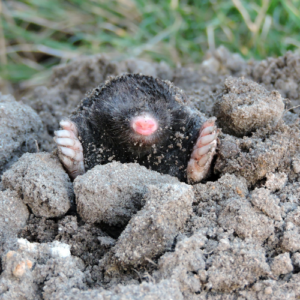
Strategically Plant Your Crops
Shallow-rooted plants are typically more prone to tunneling damage, as moles can easily disturb them. To reduce this problem, consider planting deep-rooted crops like carrots, beets, and potatoes in areas prone to mole activity. These plants grow deeper in the soil, making them less likely to be disturbed by moles.
Improve Drainage on Your Farmstead
Moist soil creates an ideal environment for moles, so improving drainage on your farmstead can help reduce their activity around your crops. You can begin by assessing your landscape to identify areas where water tends to accumulate. After that, consider creating contours in your garden design to redirect water flow away from your crops.
Install Vertical Barriers for Crop Protection
If you have delicate crops on your farmstead, consider protecting them with an underground fence made from hardware cloth. Just make sure this barrier goes at least 12 inches down because moles can be persistent. By burying the hardware cloth around the perimeter of your crops, you create an effective barrier that moles can’t easily tunnel through.
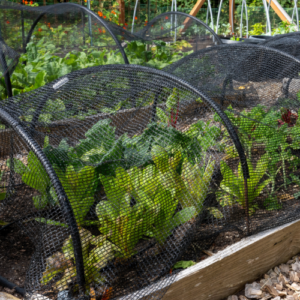
This method is not only effective in keeping out moles but also helps prevent other underground pests from causing damage to your plants. You can even extend the barrier vertically above ground to keep out larger animals like rabbits or deer.
The Amish have long been known for their practical, sustainable methods of farming, and one of their key strategies for protecting crops is using raised beds with hoop houses. These simple yet brilliant structures protect plants from pests while also extending the growing season, even when the weather turns cold.
If you’d like to have something like this for your backyard, you can find out exactly how to build your own DIY raised beds with hoop houses, step by step, from this guide. It’s not just about following instructions – it’s about creating a garden that works with nature, offering more space, less maintenance and better protection for your crops. And that’s just the beginning. The guide is packed with a lot of practical projects that help you make the most of your homestead, from easy fixes to big improvements, all designed to make your life simpler and more self-sufficient.
Final Words
While moles can be stubborn and annoying guests on your homestead, it’s essential to recognize their beneficial role in the ecosystem. They aerate the soil and help control harmful pests that could threaten your crops. However, as you benefit from these creatures, be sure to take the preventive measures mentioned here to protect your harvest.
So, grab your gardening gloves and start taking action today for a flourishing homestead!
You may also like:
Why You Should Bury Glass Bottles In Your Garden
These Plants Can Keep Rodents Out Of Your Garden (Video)

